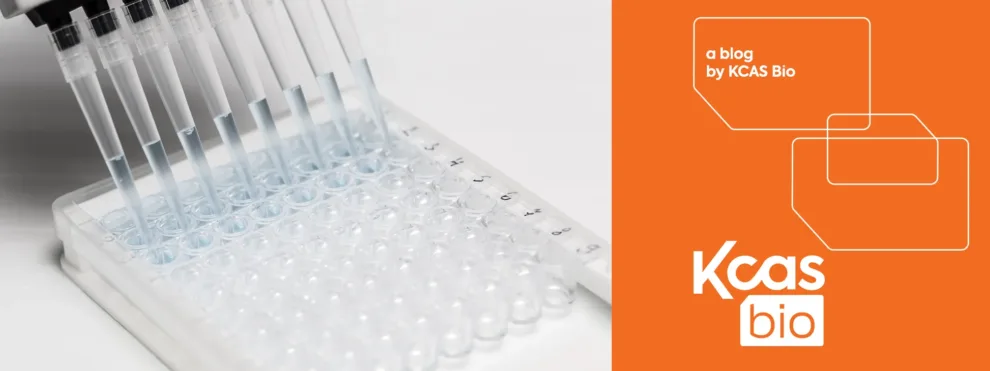When it comes to drug discovery, compound screening experiments are the first big step in figuring out whether a new molecule has real therapeutic potential. But the truth is, it’s not enough to simply “run the experiment and see what happens.” The way you design the study—everything from which concentrations you test to how many samples you include—can make the difference between clear, reliable insights and misleading noise.
Let’s break down a few of the most important design choices researchers face when setting up these studies.
Choosing the Right Concentrations
One of the trickiest (and most important) decisions in screening is figuring out what concentrations of your compound to test. Too high or too low, and you may miss the actual dose–response relationship entirely.
Most dose–response data follow a sigmoidal (S-shaped) curve. To map this out accurately, you need several data points in the linear middle section of the curve—not just a few scattered at the extremes. If you skip this step, your curve might look misleading, or even suggest a false “double peak” effect.
Equally important are the anchor points:
- Minimal response (or maximal inhibition) → defines your baseline, the “floor” of the curve.
- Maximal response (or minimal inhibition) → sets the “ceiling.”
Without those anchors, your curve won’t truly reflect the biology. That’s why, during assay optimization, it’s almost always better to test a broader range of concentrations than too few. Yes, it may cost a bit more time and resources upfront—but it saves you from repeating the entire study later due to poor data quality.
Dealing with Variability and Deciding on Sample Size
Another key question is: how many samples and replicates do you need?
Here’s the challenge: not all variation in your data comes from the same place. Some of it is technical noise (differences between plates, wells, or assay conditions), and some are biological variability (differences between donors). Understanding which type of variability dominates in your assay helps you spend resources wisely.
- If your assay is very consistent (low variability between replicates), you might get away with one well per donor and condition.
- If variability is higher, running 2–3 technical replicates per condition helps smooth out noise. With 3 replicates, you also get the benefit of spotting outliers.
- Running more than 3 replicates usually doesn’t add much value—it’s better to put that effort into adding more donors or concentrations.
Why? Because replicates from the same donor are correlated. They don’t give you as much statistical power as adding a brand-new donor.
And here’s where donor-to-donor variability really matters. If different individuals respond in different ways, increasing the number of donors should be your top priority. Testing across a more diverse pool not only makes your findings more generalizable but can also highlight early on which populations might respond better—or not at all. That’s valuable information for drug development.
Conclusion
Getting meaningful results from compound screening comes down to good experimental design. A few decisions make the biggest difference:
- Choosing the right concentration ranges: Include both anchor points and enough mid-range data to capture the true dose–response curve.
- Balancing replicates and donors: Extra replicates can smooth out noise, but adding more donors gives you stronger, more generalizable insights.
- Managing variability: Understanding where variation comes from, technical or biological, helps you design smarter, more efficient studies.
Optimization takes planning and effort, but the payoff is worth it: cleaner data, fewer repeat experiments, and greater confidence as a candidate moves forward. Careful design at the screening stage is more than good practice, it’s the foundation that helps discoveries progress toward the clinic.
At the end of the day, strong experimental design is about setting yourself up for trustworthy results. By:
- Picking smart concentration ranges,
- Balancing replicates with donor numbers, and
- Accounting for both technical and biological variability,
…you’ll generate data that are reproducible and biologically meaningful.
Yes, optimization takes effort. But the payoff is huge: cleaner data, fewer wasted experiments, and more confidence as your drug candidate moves forward. Careful planning at the screening stage isn’t just good science—it’s the foundation for real discoveries that can advance to the clinic.

